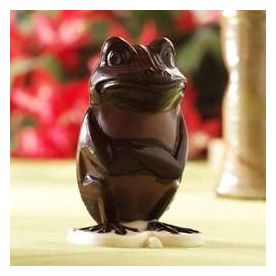OF THE
TIMES
We'll know our disinformation program is complete when everything the American public believes is false.
What are they??? - They're flame tips coming off of a ball of fire. Okay?...
I guess his uncle was Micheal Rockefeller? [Link]
My brother-in-law - a wonderful man - went through this stage of living in a constant dream world not long before my sister-in-law had to realize...
Absolutely no money laundering going on here....
Standup comedy. He's got a substantial repertoire of Russky jokes.
To submit an article for publication, see our Submission Guidelines
Reader comments do not necessarily reflect the views of the volunteers, editors, and directors of SOTT.net or the Quantum Future Group.
Some icons on this site were created by: Afterglow, Aha-Soft, AntialiasFactory, artdesigner.lv, Artura, DailyOverview, Everaldo, GraphicsFuel, IconFactory, Iconka, IconShock, Icons-Land, i-love-icons, KDE-look.org, Klukeart, mugenb16, Map Icons Collection, PetshopBoxStudio, VisualPharm, wbeiruti, WebIconset
Powered by PikaJS 🐁 and In·Site
Original content © 2002-2024 by Sott.net/Signs of the Times. See: FAIR USE NOTICE

Reader Comments
to our Newsletter